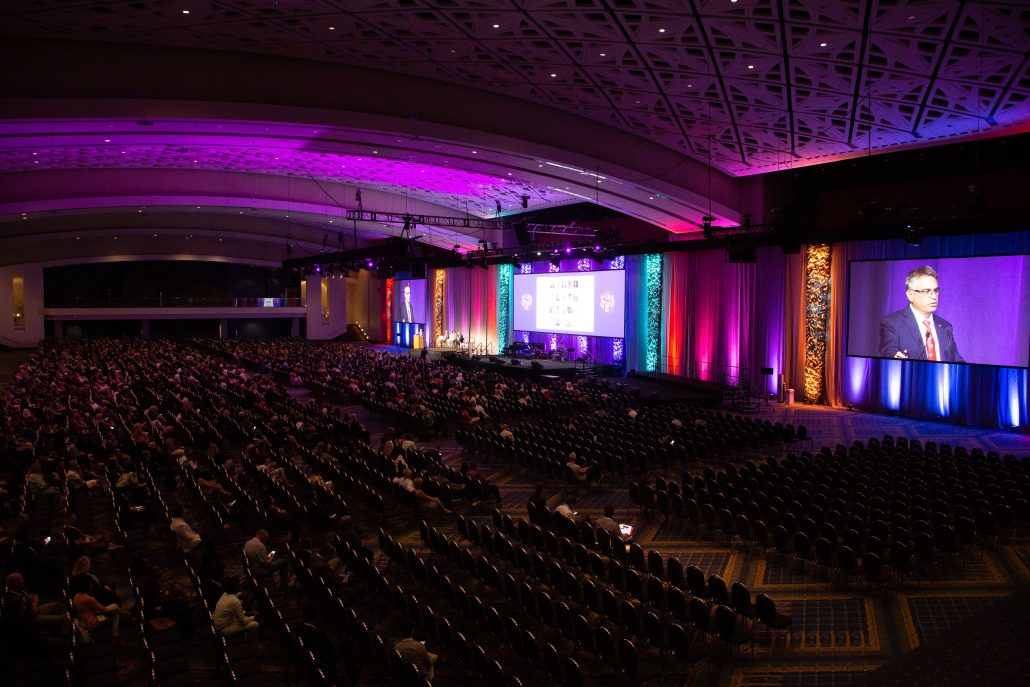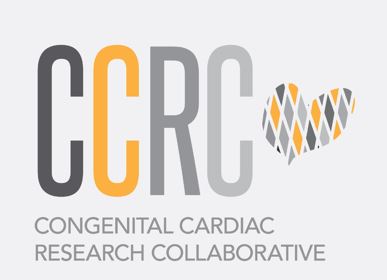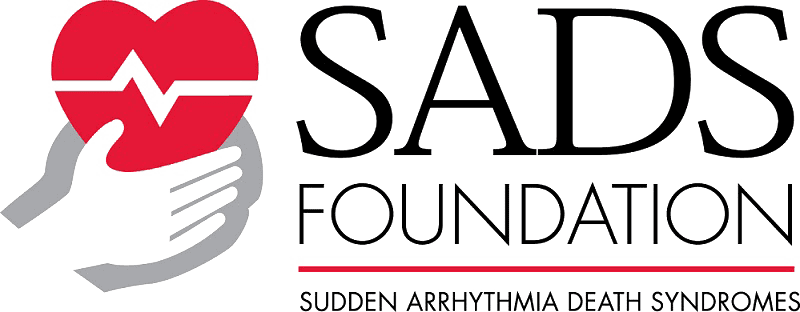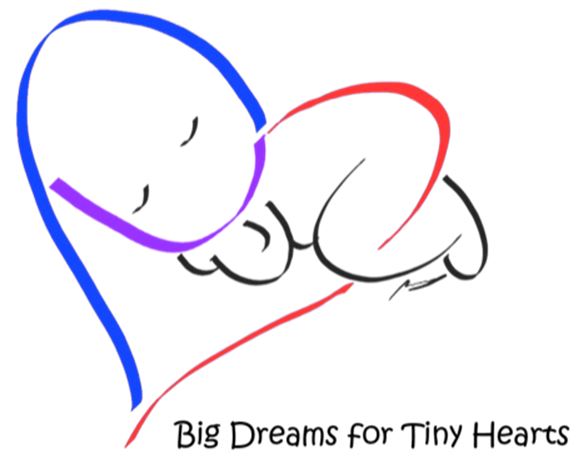Cardiac Resources & Training
Curated by specialists worldwide, Heart University offers a virtual library and online classroom, featuring evidence-based educational materials for healthcare providers specializing in pediatric and adult congenital cardiology.

Video Library
View our comprehensive collection of pediatric and adult congenital cardiology education videos.

Training Center
Test your skills with our curated collection of educational curriculums developed by global content experts.

Publications & Resources
Check out our growing collection of pediatric and adult cardiology published works.
Upcoming

Heart University was an exclusive educational partner of the 8th World Congress. All video from the conference are now available.
Upcoming Education Events
Sign up to receive the Heart University Highlights eNewsletter.







